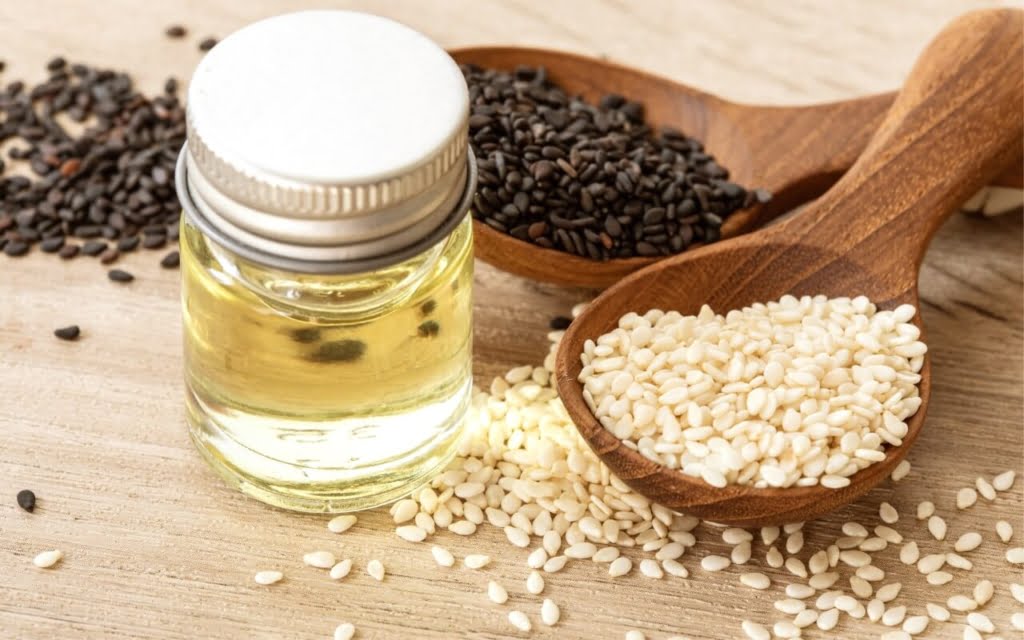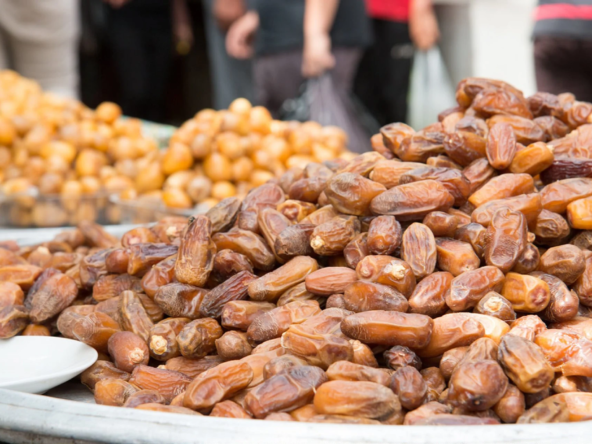Sesame oil, a staple in many kitchens around the world, has been cherished for centuries for its distinct flavor and numerous health benefits. Beyond its culinary uses, sesame oil has a rich history and a variety of interesting aspects that make it a fascinating subject of exploration. In this article, we’ll delve into 18 fun facts about sesame oil that showcase its versatility, cultural significance, and surprising applications.
- Ancient Roots: Sesame oil has ancient origins, dating back over 4,000 years. It is believed to have been first cultivated in the Indian subcontinent and later spread to other parts of Asia, the Middle East, and Africa.
2. Sesame Varieties: There are different varieties of sesame seeds, and the type used determines the flavor and color of the oil. White sesame seeds produce a light, mild oil, while black sesame seeds yield a darker, more robust oil.
3. Culinary Elixir: Sesame oil is not just a cooking ingredient; it is often considered a culinary elixir in traditional medicine. It is rich in antioxidants, vitamins, and minerals, making it a healthy addition to various dishes.
4. Toasted vs. Untoasted: Sesame oil comes in two main varieties: toasted and untoasted. Toasted sesame oil has a more intense flavor and is commonly used as a finishing oil for added depth. Untoasted sesame oil, on the other hand, is lighter and often used in cooking.
5. High Smoke Point: Sesame oil has a relatively high smoke point, making it suitable for various cooking methods, including stir-frying and deep-frying. Its stability at high temperatures makes it a healthier option for cooking.
6. Traditional Medicine: In traditional Ayurvedic medicine, sesame oil is believed to have healing properties and is used for oil pulling, an ancient practice that involves swishing oil in the mouth to improve oral health and detoxify the body.
7. Symbolic Significance: In many cultures, sesame seeds and oil hold symbolic significance. In Hindu rituals, sesame seeds are offered to deities as a symbol of purity, while in Chinese culture, sesame oil is associated with longevity and prosperity.
8. Sesame Street Connection: The popular children’s television show “Sesame Street” is named after sesame seeds. The creators chose the name to reflect diversity, as sesame seeds come in various shapes, sizes, and colors, mirroring the diverse characters on the show.
9. Skin and Hair Benefits: Sesame oil is not only beneficial internally but also externally. It is a common ingredient in skincare products due to its moisturizing and nourishing properties. Massaging the scalp with sesame oil is believed to promote hair health.
10. Tahini Origins: Tahini, a paste made from ground sesame seeds, is a key ingredient in Middle Eastern cuisine. This versatile condiment is used in dishes like hummus and baba ganoush and is an integral part of many Mediterranean recipes.

11. Japanese Goma-ae: In Japanese cuisine, sesame oil is used in a dish called Goma-ae, where vegetables or tofu are coated in a savory sesame sauce. This dish showcases the delicate balance of flavors that sesame oil can contribute to a variety of recipes.
12. Sesame Oil Lamps: In ancient times, sesame oil was used to fuel lamps. The clean-burning properties of sesame oil made it a preferred choice for illumination, particularly in temples and sacred spaces.
13. Sesame Seeds in Breads: Sesame seeds, often sprinkled on top of bread, add a nutty flavor and delightful crunch. This practice is not just for taste; sesame seeds also contribute to the nutritional profile of the bread.
14. Sesame Allergies: While sesame oil is generally considered safe for consumption, sesame allergies are becoming more recognized. Individuals with sesame allergies may experience adverse reactions, emphasizing the importance of ingredient awareness in food products.
15. Sesame Oil in Massage Therapy: Sesame oil has been used for centuries in Ayurvedic massage therapy, known as Abhyanga. It is believed to have a warming effect on the body, promoting relaxation and improving circulation.
16. Sesame Oil in Art: In traditional Asian art, sesame oil was used as a medium for painting. The oil’s stability and ability to create a smooth finish made it a preferred choice for artists, especially during the Tang and Song dynasties in China.
17. Anti-Inflammatory Properties: Sesame oil contains compounds with anti-inflammatory properties, making it a potential ally in reducing inflammation and promoting overall joint and cardiovascular health.
18. Sesame Oil Rituals: In some cultures, sesame oil is used in rituals and ceremonies. For example, in certain Hindu traditions, sesame oil lamps are lit during festivals as a symbol of dispelling darkness and ignorance.
Conclusion:
Sesame oil, with its rich history, diverse uses, and cultural significance, goes beyond being just a cooking ingredient. From its ancient roots to its presence in art, medicine, and various traditions, sesame oil has woven itself into the fabric of human history. As we continue to explore and appreciate the many facets of this versatile oil, its importance in our lives becomes even more apparent. So, the next time you drizzle sesame oil on your stir-fry or enjoy a dish with sesame seeds, remember the centuries of history and culture that accompany this humble yet remarkable ingredient.
Ajigofarms is a reliable global agricultural purchase sourcing with profound expertise in the manufacturing, and exportation of food crops. We are tested, and trusted suppliers of all kinds of cash crops and food crops. Our constant supply chain solution makes exporting easy, quick, and safe, we are identified with timeliness and meeting up with deadlines. Regardless of the region you are located in worldwide, you can reliably order your Agric products and be rest assured of successful delivery.




